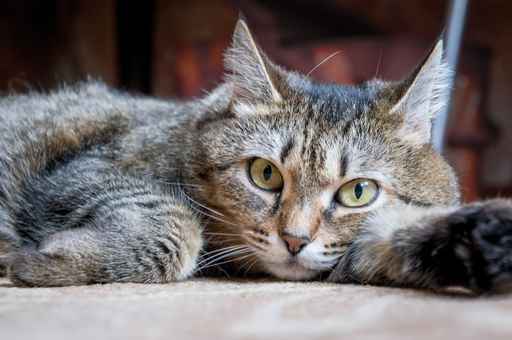
Cat Dental Care
The number one disease diagnosed in cats and dogs over the age of three is dental disease. Bad breath, red gums, tartar, drooling and lose teeth are all signs of dental disease.
What is involved in a dental cleaning procedure?
Under general anesthesia the cat’s oral cavity is examined, radiographs may be taken, the teeth are ultrasonically scaled to remove calculus and plaque above and below the gum line and polished to prevent re-accumulation of plaque.
How often should a dental cleaning procedure be done?
This will be based on the examination done by your Veterinarian, however, is often recommended every one to two years.
What are signs of dental problems in cats?
Often owners do not recognize dental problems in cats. Signs include halitosis (bad breath), gingivitis (red gums), calculus on the teeth and broken or missing teeth.
How often should you brush your cat’s teeth?
Any home care will benefit your cat’s teeth. Brushing once a week is better than no brushing however daily brushing provides the highest level of plaque and tartar prevention.
Are some breeds more susceptible than others?
All cats are susceptible to dental and periodontal disease.
What is feline tooth resorption?
FORL stands for Feline Odonto Clastic Resorptive Lesions. The cause of a FORL is unknown. It is a painful destruction or resorption of the crown and or roots of a cat’s tooth. The only way to alleviate the pain of a FORL is the extraction of the affected tooth.


